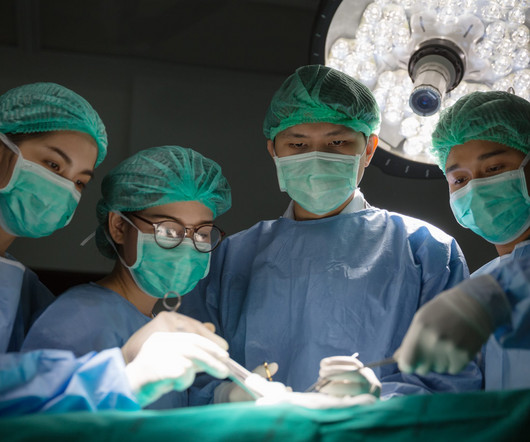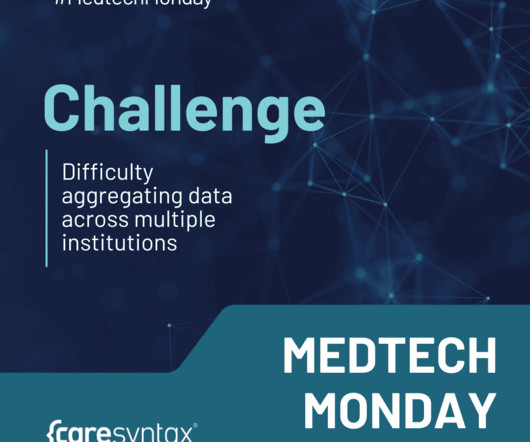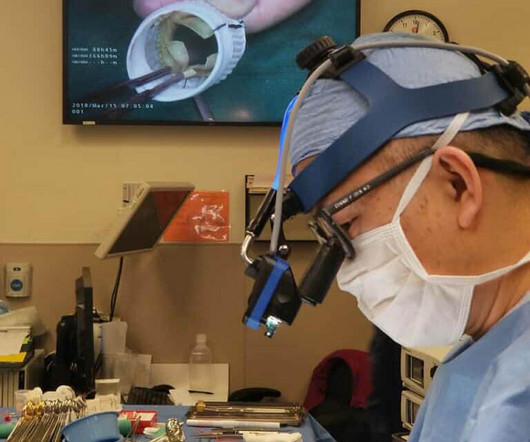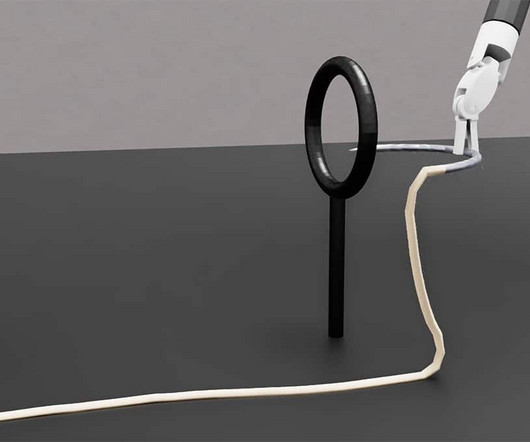Achieving Flow: Mastering Attention in Surgical Training and Beyond
AAS
OCTOBER 9, 2024
As a big fan of the latter, I even own the Planet Money coffee mug and t-shirt with a cute squirrel holding a martini tee shirt and coffee mug – a reference to John Maynard Keynes’ […] The post Achieving Flow: Mastering Attention in Surgical Training and Beyond appeared first on Association for Academic Surgery (AAS).















Let's personalize your content